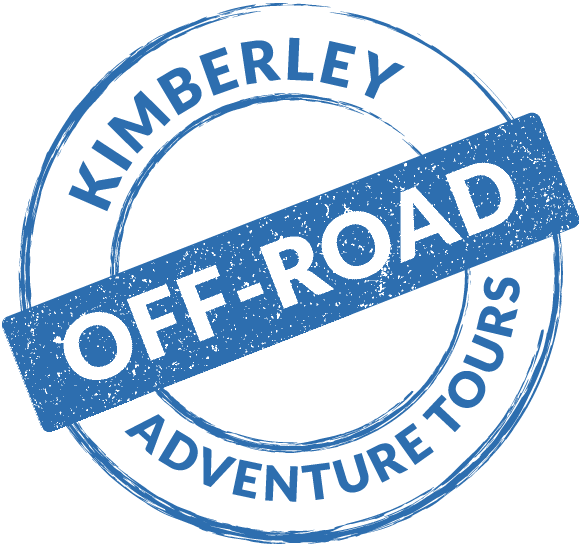COVID-19 has turned 2020 upside down and put a huge dent in our global and domestic travel plans, but there appears to be a light at the end of the tunnel, in Australia at least. As our country opens up it’s time to look forward to the possibilities in 2021, and put plans in place to discover our very own backyard.
Australia’s beauty, diversity and enviable climate makes it a bucket list item for people all over the world, but with the pandemic stopping travellers from overseas, it presents the perfect opportunity for you to get out and discover our great country. Here, in the Northern Territory we are one of the safest places you can visit right now, so where better to discover than the Northern Territory’s Kakadu and Arnhem Land…
Despite our name “Kimberley Off-Road Adventure Tours” which promotes our Kimberley tours; once a year we offer a rare and exciting adventure through Kakadu National Park, up the heart of west Arnhem Land to Garig Gunak Barlu National Park on the Cobourg Peninsula. This is one of the most beautiful and pristine places you’ll ever visit, and it is a perfect example of the stunning, untouched land that dominates the coastline where the Arrarrkbi people live.
It’s difficult to portray the sense of adventure, culture and wonder that you will experience whilst visiting remote Kakadu and Arnhem Land, but I will do my best as I share with you some highlights from our Kakadu and Arnhem Land tour.
Ruins at the Victoria settlement, Cobourg Pennisula, Arnhem Land
The Victoria Settlement at Port Essington is a worthwhile visit but due to its remote location, few are able to make the journey. Thanks to our ability to gain permits to Garig Gunak Barlu National Park and access to a charter boat on the Peninsula, those on our tour are able to make the journey with ease. The settlement consists of ruins left by a group of British soldiers who arrived in 1838 with their families, and spent 11 years establishing the settlement at Port Essington. It’s a snapshot of Australian history that very few people are able to see and it’s definitely a highlight among our guests.
Ancient rock art found on the Arnhem Land escarpment
If you adore a perfect sunset then you’ll love our private beach camp on the edge of Port Essington. We are surrounded by beautiful white sandy beaches and ocean views, with basic shower and toilet facilities. As you take a seat at dusk and watch the sun descend below the glistening Arafura sea, you’ll forget all your worries and simply settle in to paradise. This place certainly makes unforgettable memories that will stay with you forever. We set up camp here for 3 nights.
It’s hard to choose my third and final highlight for this blog, but I’m going to select the secluded rock art sites of the Arnhem Land escarpment. By getting out and seeing these remote parts of Arnhem Land, you are able to witness ancient artwork which is thousands of years old and represents a specific time in Australia’s history. You can learn about the geology and archaeology of the area, as well as the way Indigenous people used the land and the cultural significance of the work. This first-hand experience is certainly one not to be missed.
If this is an experience you would like to take part in, we offer one of the only tours to this region and at an affordable price. It’s a great way to see this part of our country and it takes away the hassle of what would usually be a difficult journey on unfamiliar territory. In 2021 our 7-day Kakadu and Arnhem Land tour departs from Darwin on the 10th June and there are limited seats available.
If you’d like to get in touch check out our website or contact Adam or Lucy info@kimberleyoffroadtours.com or 0447 740 880




